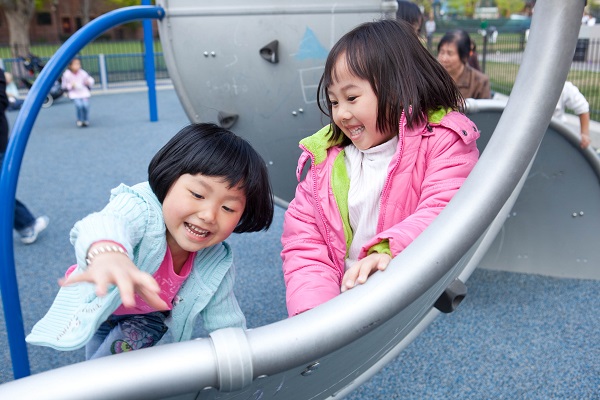How to Play in Nature: Language and Literacy Ideas for Teachers
Learn how to use ideas from nature to teach language and literacy in the classroom.
 Outdoor play involves children engaging in physical activities and exploration in outdoor environments. These resources highlight the importance of playing outside and its impact on children's growth and development. Find strategies for creating safe and stimulating outdoor spaces to maximize children’s learning.
Outdoor play involves children engaging in physical activities and exploration in outdoor environments. These resources highlight the importance of playing outside and its impact on children's growth and development. Find strategies for creating safe and stimulating outdoor spaces to maximize children’s learning.
Learn how to incorporate interaction and connection to the natural world through nature-based learning.
Learn how to use ideas from nature to teach language and literacy in the classroom.
Find out how to use the natural world as a learning tool to improve outcomes for young children in your classroom.
In this video, explore ways to use ideas from nature to encourage science learning.
This podcast shares some of the benefits that infants and toddlers gain by spending quality time outside. It also offers some ideas for how Early Head Start staff and parents can make the most of outdoor time.
Learn about some of the health benefits and get ideas for fun outdoor activities!
Learn about some of the health benefits and get ideas for fun outdoor activities!
Early Head Start teachers and home visitors may use this resource to set up spaces for families using community resources such as parks, gardens, and nearby schools.
With a few easy-to-find materials and willing volunteers, many settings and elements can be created to greatly improve children's spaces.
By incorporating these 10 tips, you will create a beautiful and welcoming atmosphere for family and community members, and educators to enjoy their time outdoors and to be active participants in the play space.
This tool helps to identify the strengths and needs of an existing play space and serves as a basis for setting priorities and planning enhancements and improvements.